Outsite Networks APX-2012 All Points Printer User Manual Store Controller Installation Manual
Outsite Networks, Inc. All Points Printer Store Controller Installation Manual
User Manual
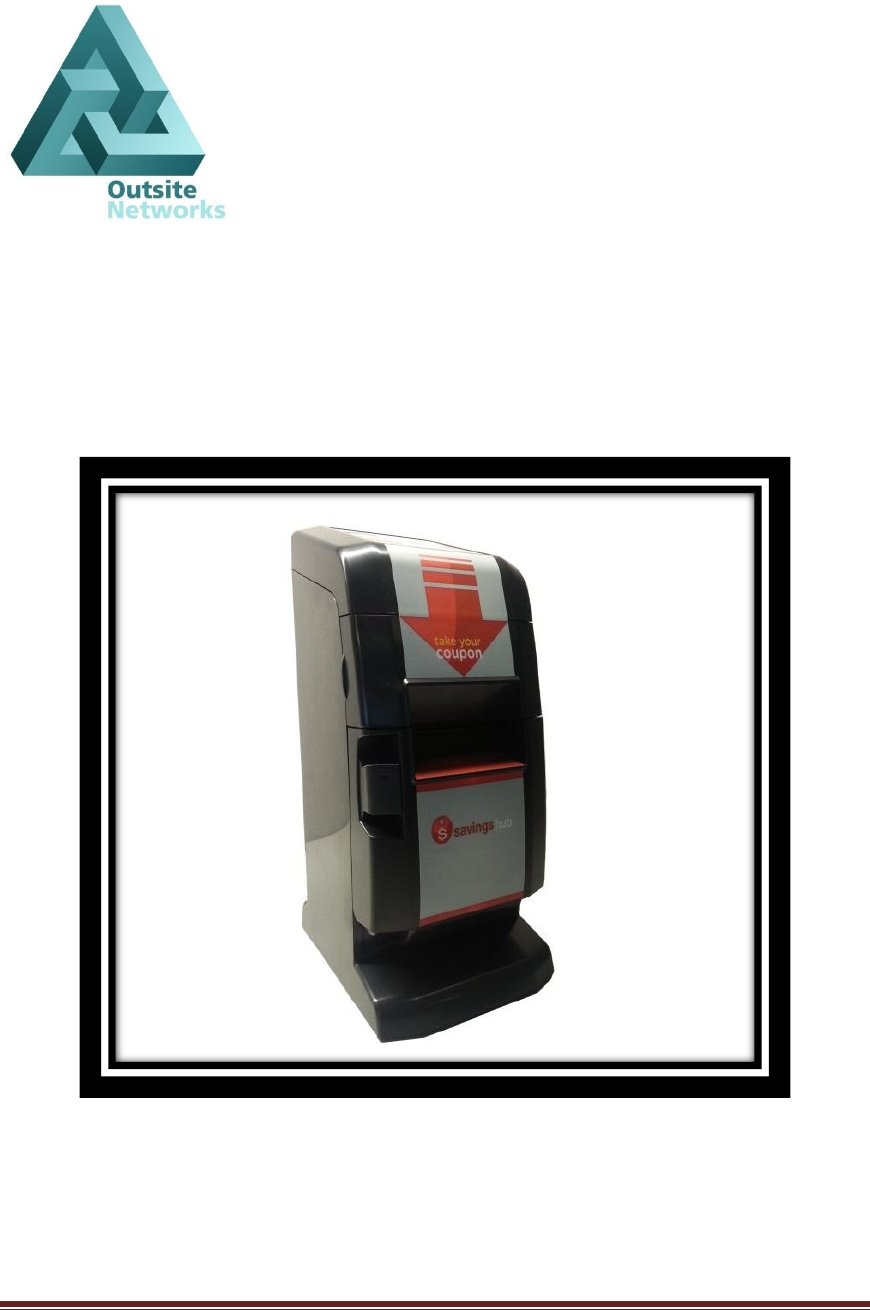
AllPoints Keypad Installation Manual 1.0.4 September 17, 2012
AllPoints™ Printer
Installation Manual
(Keypad Unit for VeriFone Ruby or Topaz and TDL NCR RealPOS 7402 Models)
OUTSITE NETWORKS, INC.
2551 Eltham Ave., Suite N
Norfolk, VA 23513
Office: 800-371-1118 Fax: 757-853-3089

AllPoints Keypad Installation Manual Page 2
Upon installation provide this document to the Store Manager
Copyright 2012 Outsite Networks, ™ Inc. All rights reserved. Outsite Networks, Inc.
created this document. No part of this publication may be reproduced, stored in a
retrieval system, modified, or transmitted in any form or by any means, electronic,
mechanical, photocopying, recording or otherwise, without the express, prior written
consent of Outsite Networks, Inc.
Note: This equipment has been tested and found to comply with the limits for a Class A
digital device, pursuant to part 15 of the FCC Rules. These limits are designed to provide
reasonable protection against harmful interference when the equipment is operated in a
commercial environment. This equipment generates, uses, and can radiate radio
frequency energy and, if not installed and used in accordance with the instruction manual,
may cause harmful interference to radio communications. Operation of this equipment in
a residential area is likely to cause harmful interference in which case the user will be
required to correct interference at their expense. Modifications not expressly approved by
the manufacturer could void the user's authority to operate the equipment under FCC
rules.

AllPoints Keypad Installation Manual Page 3
Table of Contents
1. Electrical Connection Specifications .......................................................... 4
2. Power Specifications ................................................................................... 4
3. Provided Materials ...................................................................................... 4
4. Optional Materials per configuration requirements .................................... 4
5. Tools Needed .............................................................................................. 5
6. Site Preparation ........................................................................................... 5
7. AllPoints Keypad Printer ............................................................................ 5
8. Installation Procedures ................................................................................ 6
8.1 VeriFone Ruby/Verifone Topaz DDM Instructions ................................... 6
8.2 TDL NCR RealPOS 7402 Instructions ....................................................... 7
8. Make Network Connections ....................................................................... 7
9. Load AllPoints Keypad paper ..................................................................... 8
10. Powering On the AllPoints Keypad ............................................................ 8
11. Configure the AllPoints Keypad ................................................................. 8
11.1. EZ-Install Application ................................................................................ 8
11.2. Manual configuration .................................................................................. 9
11.2.1. Enter AllPoints Keypad Configuration Mode ............................................. 9
11.2.2. Configure the Unit Mode .......................................................................... 11
11.2.3. Configure the Unit ID number .................................................................. 11
11.2.4. Configure the Unit Group ......................................................................... 12
11.2.5. Configure the Demo Mode ....................................................................... 12
11.2.6. Configure the Num Units .......................................................................... 12
11.2.7. Configure the Internet Connection Settings .............................................. 12
11.2.8. Configure Static IP settings ...................................................................... 13
11.2.9. Configure the Site ID number ................................................................... 14
11.2.10. Configure Servicer Index .......................................................................... 14
11.2.11. Configure the Service IP Address ............................................................. 14
11.2.12. Configure the Volume Level .................................................................... 15
12. Connect the AllPoints Keypad to the Internet .......................................... 15
13. AllPoints Keypad final check-Out ............................................................ 15
Appendix A – Sample Wiring Diagrams .......................................................................... 16
Appendix B – Paper Specifications .................................................................................. 17
Appendix C – Keypad Template....................................................................................... 18

AllPoints Keypad Installation Manual Page 4
1. Electrical Connection Specifications
Instructions and Standards
1. Read this guide completely prior to installing the AllPoints Keypad Printer.
2. All Electrical connections must comply with the following:
Equipment must be installed and used in accordance with the National
Electrical Code (NEC), and the National Fire Protection Association
(NFPA) – Automotive and Marine Service Station Code.
Equipment must be installed in compliance with the instructions set forth
in this manual.
3. This manual contains wiring diagrams, drawings, and photographs to assist in
the proper installation of the AllPoints Keypad Printer. Any questions
regarding this manual or the proper installation of the AllPoints Keypad
Printer should be addressed to Outsite Networks, Inc. at 800-371-1118.
2. Power Specifications
AC Input 115/230V~, 8/4A, 60/50Hz
3. Provided Materials
AllPoints Keypad Printer(s)
A/C Power Cable
AllPoints Keypad External Power Supply
4. Optional Materials per configuration requirements
Double Data Monitor(s)
14’ RJ45 Cat5 Cable(s)
2’ RJ45 Cat5 Cable(s) (used for Data Monitors)
DB-25 to RJ45 Converter (Male and Female used for connecting Serial
Printer or Scanner Dual Data Monitors)
DB-9 to RJ45 Converter (Male and Female used for connecting Serial
Printer Dual Data Monitor)

AllPoints Keypad Installation Manual Page 5
5. Tools Needed
None needed for AP Keypad unit using Double Data Monitor (DDM)
6. Site Preparation
One 110VAC power outlet within 4’ of each installed AllPoints Keypad
Printer
LAN connection jack in close proximity of each AllPoints Keypad Printer
to be installed.
7. AllPoints Keypad Printer
The AllPoints Keypad printer (AP Keypad) prints reward coupons and other consumer
related promotional documents. It does not replace the Point of Sale (POS) register
receipt printer. Nor is it installed directly as a configurable / controllable peripheral of
the POS.
However, each AP Keypad unit is associated with a particular POS device. The AP
Keypad will normally be installed with one Dual Data Monitor (DDM) device. The Dual
Data Monitor device is configured to capture data from the POS journal or receipt printer
port. Generally capturing transaction data from the journal printer port is more
advantageous because it does not require a printed receipt for each transaction. If the
journal port option is not available, then transaction data must be captured from the POS
receipt printer port and a receipt must be printed for each transaction.
In addition, a DDM will be used to capture product UPC data from the POS Barcode
Scanner Port.
Some POS systems provide a Loyalty Port which provides transaction data to external
devices such as the AllPoints Keypad printer. Depending on the particular application,
the AP Keypad installation may include a connection to the POS Loyalty Port.
Multiple AP Keypad units may be installed at a retail location. However, one AP
Keypad unit will normally be configured as an AP Keypad Server unit. The AP Keypad
Server will be configured to connect to the internet. All remote AP Keypad units will
communicate to the AP Keypad Server unit via the IP Address of the AP Keypad Server
unit, to send and receive data from the Program Data Center Network.
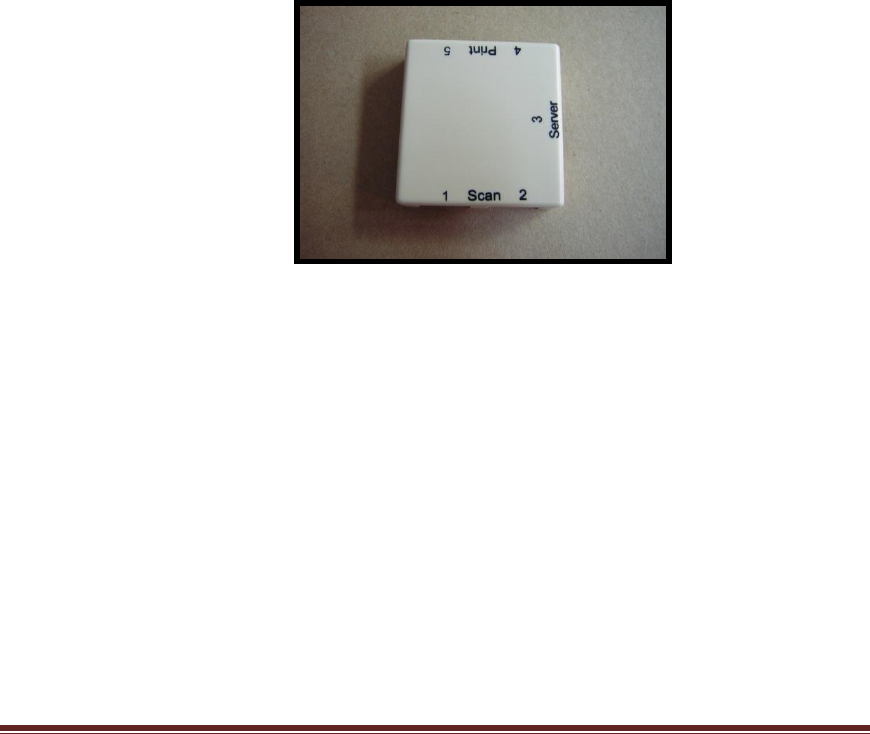
AllPoints Keypad Installation Manual Page 6
8. Installation Procedures
Place the AP Keypad unit on the checkout counter adjacent to the POS to which it will be
associated.
Ensure that the keypad panel on the front of the AP Keypad Printer and the paper chute
are visible and easily accessible by the consumer during checkout. Positioning the
AllPoints Keypad Printer in this manner is necessary for proper access and usage by the
consumer.
The AP Keypad unit reads, or captures, transaction information from the POS journal
printer or receipt printer port via a Double Data Monitor (DDM).
Each Dual Data Monitor is installed between the POS and a POS peripheral such as the
POS journal printer, receipt printer and the POS Barcode Scanner.
NOTE: The DDM combines data monitors for printer and scanner in a single device.
Currently, the DDM is only used on VeriFone Ruby, VeriFone Topaz and TDL NCR
RealPOS 7402 POS systems.
Double Data Monitor (DDM)
8.1 VeriFone Ruby/Verifone Topaz DDM Instructions
1. Disconnect the journal or receipt printer cable from the back of the POS. This is
usually a Cat 5 cable with an RJ45 connector.
2. Connect this cable into the port marked Print 4 of the DDM.
3. Connect the provided 2’ Cat5 cable into the printer port of the POS.
4. The other end of the 2’ Cat5 cable connects to the port marked Print 5 on the DDM.
5. Disconnect the Barcode Scanner cable from the back of the POS. This is usually a
Cat5 cable with an RJ45 connector. Connect this cable into the port marked Scan 1
of the DDM.
6. Connect the provided 2’ Cat5 cable into the scanner port of the POS.
7. The other end of the 2’ Cat5 cable connects to the port marked Scan 2 on the Serial
DM.
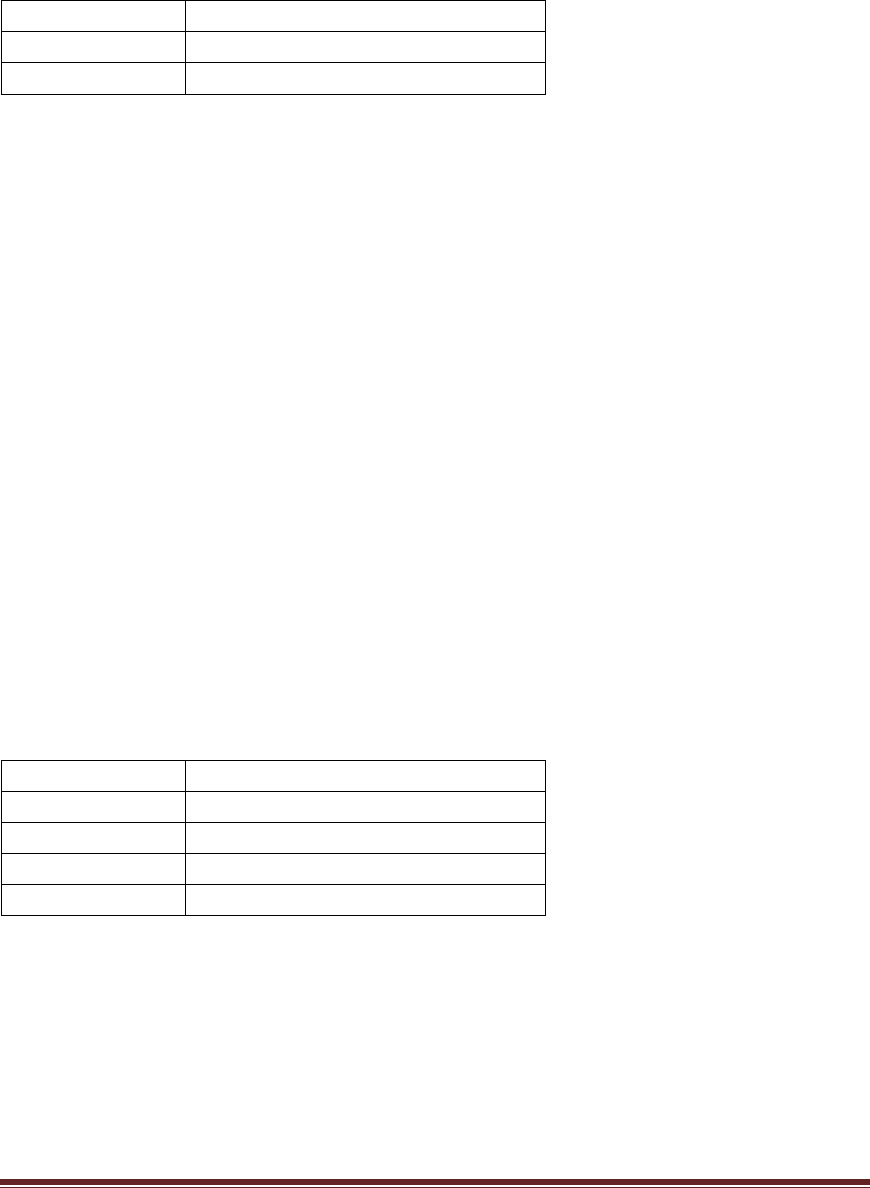
AllPoints Keypad Installation Manual Page 7
8. Connect the provided 14’ Cat5 cable from the port marked Server of the DDM to the
Serial Port 3 (port closest to POWER) connection on the back of the AP Keypad.
Part Numbers and Descriptions for VeriFone Ruby or Topaz:
AIS02000
DDM-VF
BPRES0002
Data Cable 2’ CAT5
BPRES0005
Data Cable 7’ CAT5
8.2 TDL NCR RealPOS 7402 Instructions
1. Disconnect the DVR/Security Interface cable from the front of the POS. This is
usually a serial cable with a DB9 connector.
2. Connect the provided DB9 Female to RJ45 cable to the DB9 removed from the
DVR/Security Interface port in Step 1.
3. Connect this cable into the port marked Print 4 of the DDM.
4. Connect the provided 2’ DB9 Male to RJ45 cable into the DVR/Security Interface
port of the POS.
5. The other end of the 2’ Cat5 cable connects to the port marked Print 5 on the DDM.
6. Disconnect the Barcode Scanner cable from the back of the POS. This is usually a
DB9 Male cable.
7. Connect the provided DB9 Female to RJ45 cable to the DB9 of the scanner.
8. Connect this cable into the port marked Scan 1 of the DDM.
9. Connect the provided DB9 Male to RJ45 cable into the scanner port of the POS.
10. The other end of the cable connects to the port marked Scan 2 on the Serial DM.
11. Connect the provided 14’ Cat5 cable from the port marked Server of the DDM to the
Serial Port 3 (port closest to POWER) connection on the back of the AP Keypad.
NOTE: The DDM Server connection must be made to Serial Port 3. The DDM will not
properly function connected to Serial Port 1 or Serial Port 3
Part Numbers and Descriptions for TDL:
AIS02001
DDM, NCR-TDL
BPRES0011
Cable,Custom TDL Scanner Male
BPRES0012
Cable,Custom,TDL,Scanner, Female
BPRES0013
Cable Custom TDL DVR Male
BPRES0014
Cable Custom TDL DVR Female
8. Make Network Connections
Multiple AP Keypad printers at a location must communicate with one another via a
Local Area Network (LAN) connection. Additionally, the AP Keypad Server unit must
communicate with the Internet in order to properly process transactions with the ONI
host.

AllPoints Keypad Installation Manual Page 8
To physically connect the AP Keypad printer to the LAN, use the Ethernet port on the
back of the AP Keypad printer to connect it to the LAN.
9. Load AllPoints Keypad paper
The AllPoints Keypad printer uses thermal paper. The paper specifications are provided
in Appendix C. A roll of paper is provided in the box with every AP Keypad unit.
Open the paper compartment by pressing down on the compartment latch button located
on the left side of the paper compartment door.
Insert the paper roll with the paper feeding over the top of the roll.
Note: There is an illustration on the inside of the paper compartment door showing
how the paper should be loaded.
10. Powering On the AllPoints Keypad
The AP Keypad unit does not require a dedicated/isolated ground outlet. However, the
electrical service should be suitable for the installation of computer based electronic
equipment.
The AllPoints Keypad unit consists of two major components; the printer and the
electronics base.
Therefore powering on the AP Keypad unit is a two-step process:
1. Connect the provided AP Keypad power supply to the AP Keypad Power port on
the back connection panel of the unit.
2. Connect the AP Keypad power supply to the electrical outlet.
Note: There is no power switch on an AllPoints Printer. Cycling power on the AP
Keypad Unit requires disconnecting power at the power supply or outlet.
11. Configure the AllPoints Keypad
The AP Keypad has several configuration items which may require setting. Setting these
item values maybe accomplished using one of two methods.
11.1. EZ-Install Application

AllPoints Keypad Installation Manual Page 9
The AP Keypad supports configuration via a PC to AP Keypad cable connection and the
browser based EZ-Install application. This is the preferred method of installation
because the browser interface is much easier to use.
To use the EZ-Install application and complete the installation, refer to the provided AP
Keypad EZ-Install reference guide.
11.2. Manual configuration
The AP Keypad Manual configuration is accomplished by placing the AP Keypad unit
into the “Configuration Mode” using the keypad at the unit’s base.
The keypad consists of 5 keys each of which has a corresponding L.E.D. light.
Depending on the on the customer branding, some of the keys may not be printed on the
keypad. However, the five L.E.D. lights should always be visible.
Appendix C provides a keypad template which may be cutout and used as an overlay if
the keys are not printed.
Starting from the key at the top of the left column going down, this manual refers to these
keys with the following numbers 1, 2, 3, 4, 5.
11.2.1. Enter AllPoints Keypad Configuration Mode
To enter the Configuration Mode, simultaneously press and hold both the 1 and 2 keys
for 2 seconds and then release both.
The AP Keypad unit will then enter the Configuration Mode and print the current “Basic
Configuration” values as seen on the proceeding page.
The numbers at the beginning of each item represent the keyboard keys.
To change one of the item values, press the 1st key then the 2nd key to select the item. In
this manual we will refer to these 1st and 2nd key combinations as #/#; for example 2/2.
After pressing the indicated keys, additional status and instruction messages will print.
For example, to change the Volume level, press the “1” key followed by the “4” key.
Repeat this sequence to increase the volume. The printer will print each time the level is
incremented (highlighted on the Basic Configuration Report).
To exit the Configuration Mode press 1/1 or the “1” key followed by the “1” key again.
Note: Upon exiting, after making a change, the AP Keypad will print the Basic
Configuration Report and will reset if an operational change is made. For example
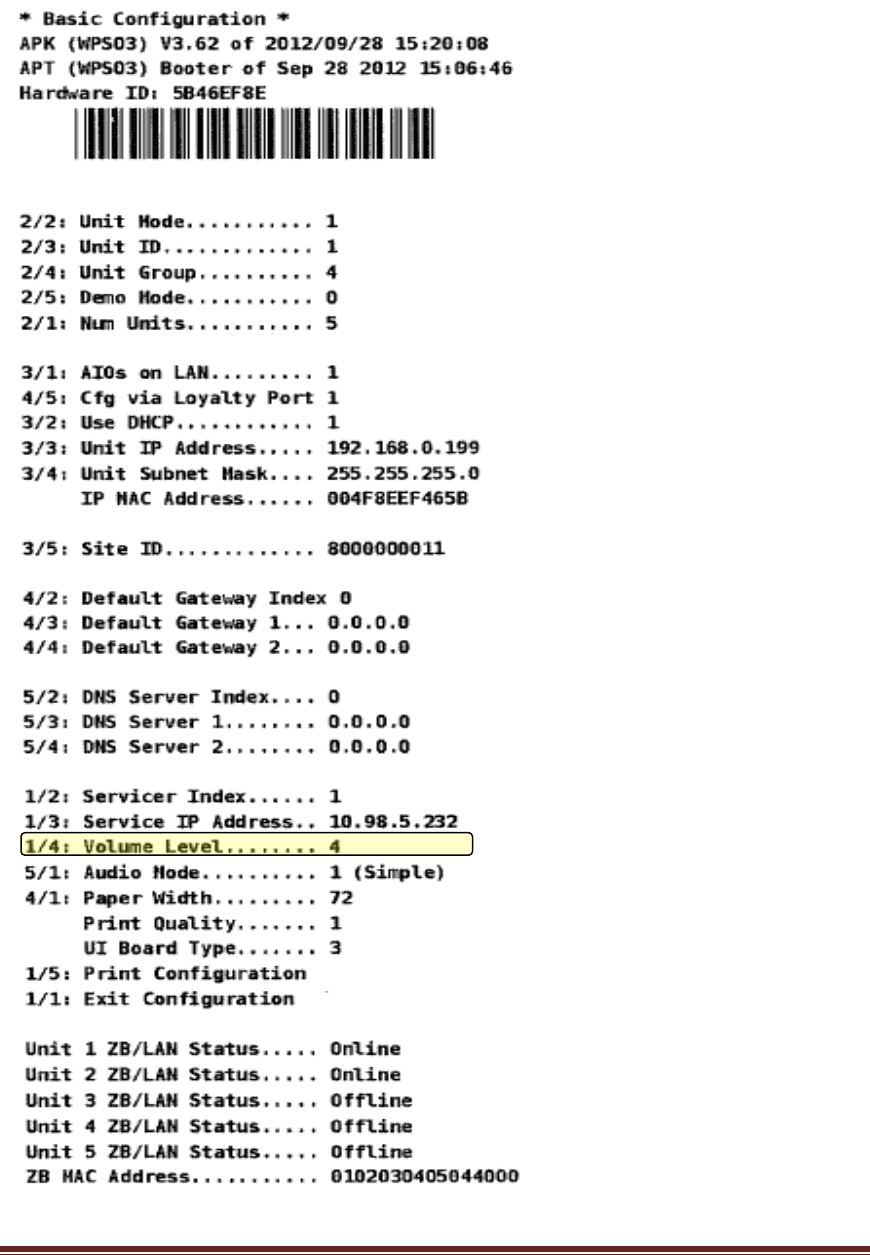
AllPoints Keypad Installation Manual Page 10
changing Unit Mode or Unit ID will cause the unit to reset. Changing Paper Width
does not initiate a reset.

AllPoints Keypad Installation Manual Page 11
11.2.2. Configure the Unit Mode
The AllPoints Keypad printer operates in one of two available Unit Modes; Server or
Remote.
The Server mode allows the AP Keypad to connect to the Internet and act as an internet
access server for other AP Keypad units which operate as Remote units.
AP Keypad units operating in the Remote mode do not connect directly to the Internet
and must connect to an AP Keypad operating in the Server Mode.
Only one AP Keypad unit should be configured to operate in the Server mode per site.
That unit will be referred to in this manual as the AP Keypad Server.
The Unit Mode values are:
Server Mode = “1”
Remote Mode = “2”
After entering the Configuration Mode, set the Unit Mode item value, pressing the “2”
key followed by the “2” key again. And then follow the printed directions.
11.2.3. Configure the Unit ID number
Configuration of the AP Keypad requires setting the printer’s Unit ID #. The AP Keypad
server unit must always be configured as Unit ID number “1”.
If more than one AP Keypad unit is installed at the site, the additional units must be
installed as Unit ID number “2” and up.
To set the Unit ID item, press 2/3 or the “2” Key followed by the “3” key and then follow
the printed directions.
Note: By default setting the Unit Mode to “1” will set the Unit ID number to “1”.
Setting the Unit Mode to “2” will set the Unit ID to “2”. If more than one AP Keypad
unit is set to the Remote Mode then the Unit ID must be manually incremented. For
example, if there are 3 AP Keypad units at a site, the 2nd AP Keypad set to Unit Mode
“2” would need to be set to Unit ID number “3”.

AllPoints Keypad Installation Manual Page 12
11.2.4. Configure the Unit Group
The Unit Group item must be set the same for all wireless ONI loyalty devices at the site
including the Touch Point units installed on any dispensers. If no wireless devices are
installed the Unit Group value is not used and does not need to be configured.
The Unit Group defines the wireless channel that all of the devices will use to
communicate with one another. You may think of the Unit Group as a channel on a
Citizen Band (CB) radio.
Because the wireless range of the equipment is up to one mile, the Unit Group number
may need to be changed in order not to conflict with other sites using wireless ONI
loyalty equipment.
Consult with the ONI service group at 1-800-371-1118 to determine if there may be other
conflicting sites in the area.
To set the Unit Group item, press 2/4 or the “2” Key followed by the “4” key and then
follow the printed directions.
11.2.5. Configure the Demo Mode
The Demo Mode item allows the unit to be placed in one of several demonstration
modes. This value should be left at “0”.
11.2.6. Configure the Num Units
The “Num Units” item must be set for the AP Keypad Server unit. The Number of Units
value should equal the total number of AP Keypad units installed at the site including the
server unit.
To set the Num Units item, press 2/1 or the “2” Key followed by the “1” key and then
follow the printed directions.
11.2.7. Configure the Internet Connection Settings
One All In Printer at each location must be configured with the Unit Mode set to “1” or
Server mode. And that unit must be configured to access the Internet.
The AP Keypad unit can be configured to use either Dynamic Host Configuration
Protocol (DHCP) or a fixed Internet Protocol (IP) address.
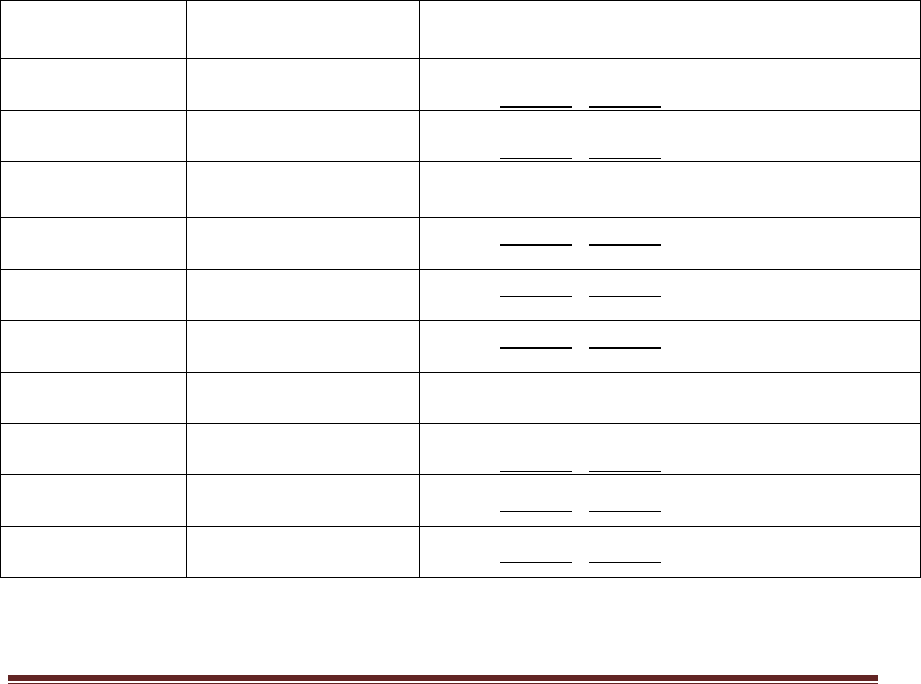
AllPoints Keypad Installation Manual Page 13
When an AP Keypad unit is configured for Unit Mode “1”, the Use DHCP configuration
item will automatically be set to “1” which means it will use DHCP. It will by default be
ready to connect to the Internet using DHCP. If DHCP is appropriate for the Internet
service at the site no further Internet options need to be configured.
The Use DHCP values are:
Do not use DHCP = “0”
Use DHCP = “1”
To set the Use DHCP item value to “0” meaning do not use DHCP”, press 3/2C or the
“3” key followed by the “2” key and then follow the printed directions.
11.2.8. Configure Static IP settings
If the Internet service at the site requires a static IP address and the Use DHCP item has
been configured to “0”. Then it will be necessary to set the IP address, Subnet Mask,
Gateway and DNS values per the Internet Service provider’s requirements.
Press the appropriate Menu keys (#/#) to select the item and then follow the printed
instructions. (Use the table, on the next page, as a place to write the required
configuration information)
Configuration
Menu Keys
Internet Address
Menu Item
Part 1 Part 2 Part 3 Part 4
# # # # # # # # # # # #
3/3
IP Address 1
______ ______ ______ ______
3/4
Subnet Mask
______ ______ ______ ______
4/2
Default Gateway
Index
4/3
Default Gateway 1
______ ______ ______ ______
4/4
Default Gateway 2
______ ______ ______ ______
4/5
Default Gateway 3
______ ______ ______ ______
5/2
DNS Server Index
5/3
DNS Server 1
______ ______ ______ ______
5/4
DNS Server 2
______ ______ ______ ______
5/5
DNS Server 3
______ ______ ______ ______
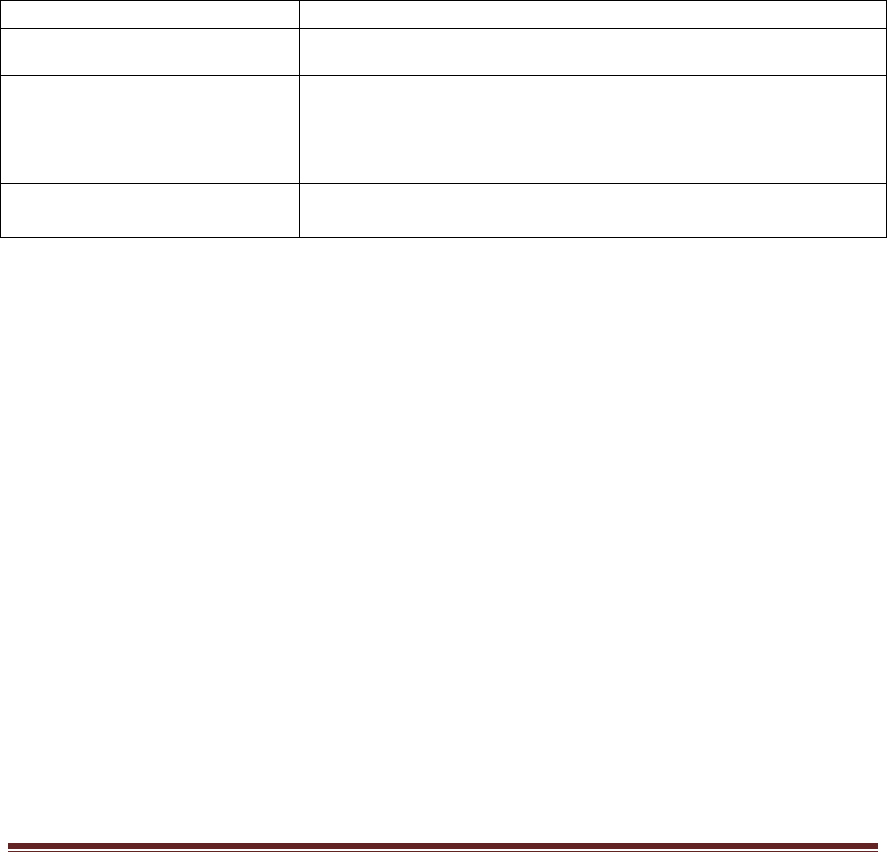
AllPoints Keypad Installation Manual Page 14
11.2.9. Configure the Site ID number
AllPoints Keypad units set to Mode “1” or Server Mode, must have the Site ID number
configured.
The unique Site ID number identifies each server and the location where it is installed.
The Site ID consists of the following characters: ZZZZZTTTT1
Where ZZZZZ = the Site’s Zip Code
Where TTTT = the last four digits of the sites main voice telephone line
Where 1 = the number 1
For example if the site’s Zip Code is 12345 and the main voice telephone number is 757-
853-3000, the Site ID would be 1234530001.
(Use this table as a place to write the required configuration information)
ITEM
VALUE
ZipCode: (ZZZZZ)
Last four digits of the main
voice telephone number:
(TTTT)
SiteID: (ZZZZZTTTT1)
To set the Unit ID item, press 3/5 or the “3” Key followed by the “5” key and then follow
the printed directions.
Once all of the digits of the Site ID have been entered, you may exit the menu by
pressing P/P.
11.2.10. Configure Servicer Index
The Servicer Index item is used to connect with a specific ONI service technician during
remote configuration or diagnostics. This value should only be changed or set under the
supervision of an ONI service technician.
11.2.11. Configure the Service IP Address
The Service IP Address item is used to connect with ONI service during remote
configuration or diagnostics. This value should only be changed or set under the
supervision of an ONI service technician.

AllPoints Keypad Installation Manual Page 15
11.2.12. Configure the Volume Level
Use the Volume Level item to increase the audio volume level. By default the AP
Keypad volume level will be set to “4”.
The Volume Level range is “0” to “9”.
To change the Volume level, press 1/4 or the “1” key followed by the “4” key again.
Then follow the printed directions.
12. Connect the AllPoints Keypad to the Internet
The AP Keypad Server Unit requires an Internet connection to function properly. After
configuring the AP Keypad Server unit per the Section 11 of this document, use the AP
Keypad RJ45 Ethernet port on the back of the unit to connect the server unit to the
Internet.
13. AllPoints Keypad final check-Out
After all of the AP Keypad units to be installed are configured and the server unit is
connected to the Internet, contact the ONI Service department at 1-800-371-1118 to
complete the AP Keypad server configuration remotely. The ONI Service Department is
available to remotely configure units between 8:00 a.m. EST and 6:30 p.m. EST, Monday
through Friday.
When contacting the ONI Service department have the Server Site ID number, Site
Name, address and telephone number available. The Service Technician will need this
information.
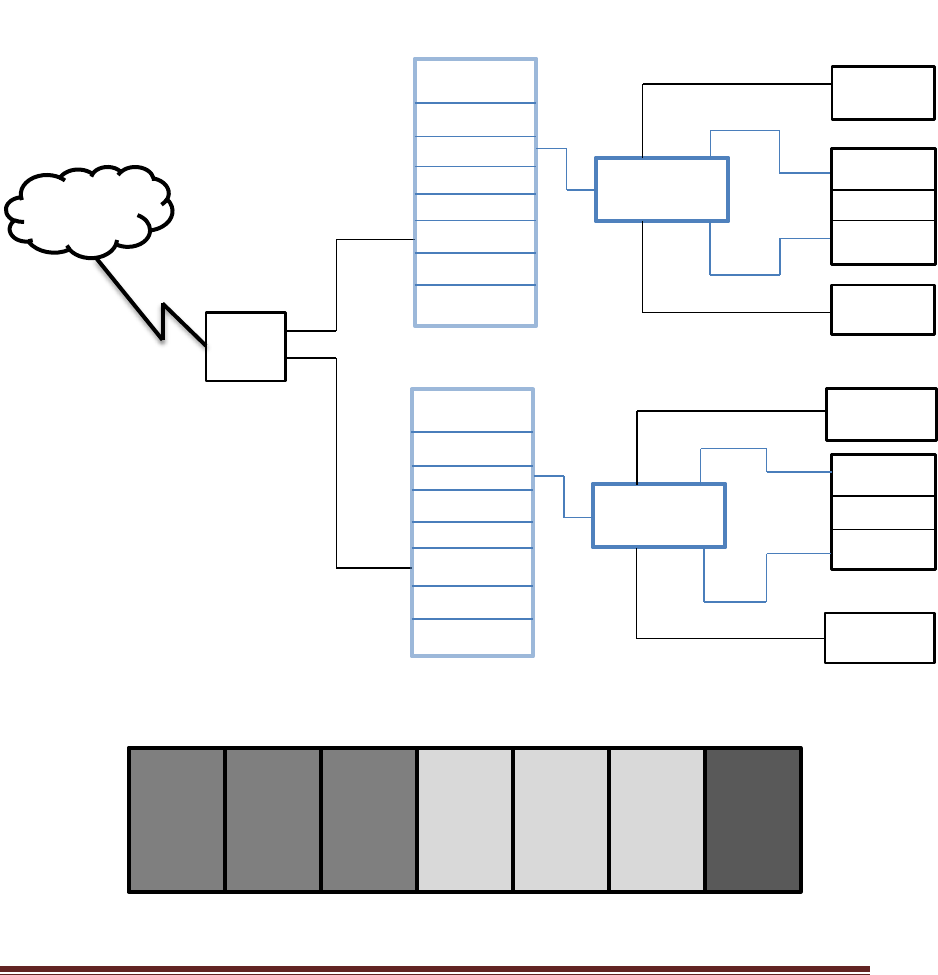
AllPoints Keypad Installation Manual Page 16
Appendix A – Sample Wiring Diagrams
The following sample wiring diagrams depict a typical installation with one AllPoints
Keypad Server unit and one AllPoints Keypad Remote unit.
Black boxes represent existing site equipment
Black lines represent existing site cables or installer provided cables
ONI provides all required cables and connectors.
AP Unit Port Layout:
Sample AllPoints Printer Wiring Diagram
Server/Remote
AP Keypad
Server Printer
POWER
Serial 3
Serial 2
Serial 1
USB 2
LAN 2
USB 1
LAN1
USB 0
POS Journal,
Receipt Printer,
or DVR Port
POS Scanner
ONI Double
Data Monitor
Journal/Receipt/
DVR
POS
Scanner
Network
Router
Internet
AP Keypad
Remote Printer
POWER
Serial 3
Serial 2
Serial 1
USB 2
LAN 2
USB 1
LAN1
USB 0
POS Journal,
Receipt Printer,
or DVR Port
Journal/Receipt/
DVR
POS
Scanner
POS Scanner
ONI Double
Data Monitor
USB 0
SER 1
USB 1
-------
LAN 1
SER 3
SER 2
USB 2
-------
LAN 2
POWER

AllPoints Keypad Installation Manual Page 17
Appendix B – Paper Specifications
ROLL PAPER SPECIFICATIONS
Thermal paper
Thickness 65 - 85m
Width: 79.5 + or – 0.5mm (57.5 = or – mm when the optional paper roller
holder is used)
Outer roll diameter: 90mm or less
Take up paper roll width: 80mm or (58 mm when the optional paper roller
holder is used)
Core outer/inner diameter, (Paper thickness, 65 - 85m), (Core Outer, 18
+ or – mm), (Core Inner, o12+ or –1mm)
Printed surface: Outer edge of roll
Tail end handling: Do not use paste or glue to secure the roll paper or its
core (Do not fold the tail end of the paper)
RECOMMENDED PAPER
Mitsubishi Paper Mills Limited
P220AG (normal type paper), 65m (thickness)
HP220A (high image stability paper), 65m (thickness)
HP220AB-1 (high image stability paper, 75m (thickness)
P220AB (normal type paper, card ticket), 85m (thickness)
Oji Paper Co, Ltd
PD150R (normal type paper), 75m (thickness)
PD160R (high image stability paper), 65/75m (thickness)
Nippon Paper Industries
TF50KS-E2C (normal type paper), 65m (thickness)
Verified Supplier: Ribbon World, 1-800-636-2050
1 Ply, part number 3203
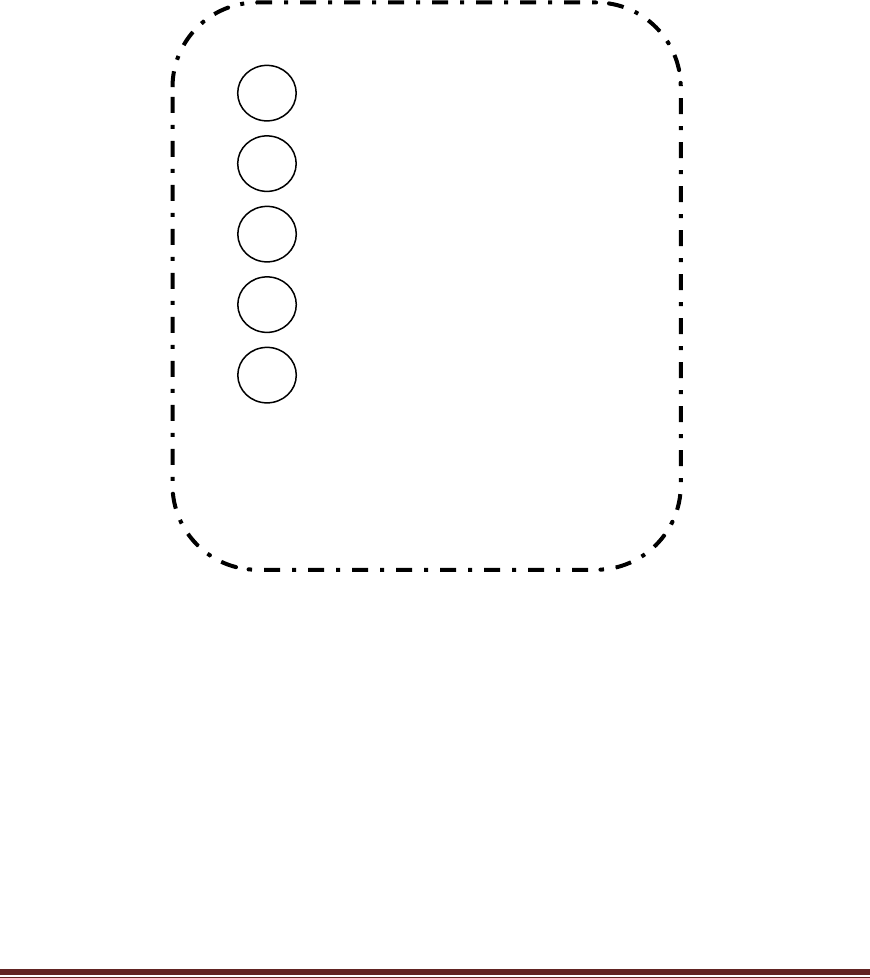
AllPoints Keypad Installation Manual Page 18
Appendix C – Keypad Template
This keypad template may be cutout and used as an overlay when a customer branding
requires that the key locations are not printed on the keypad.
1
2
3
4
5